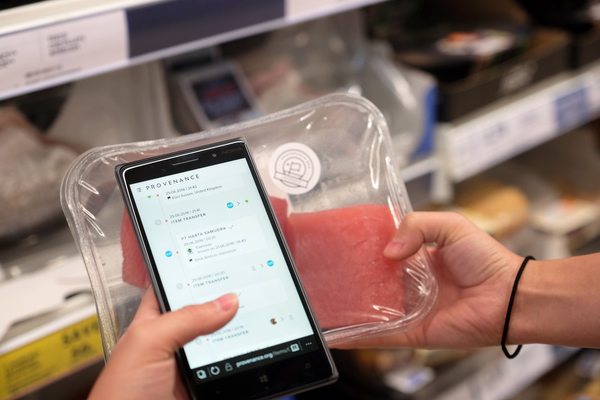Consumers are demanding transparency regarding their food. One survey of 1,522 consumers found that as they have become accustomed to getting more information via their phones, their demand for transparency as to all types of products — from medicine to sports to food — has increased. Consumers are not alone. Changes to laws governing supply chain transparency and documentation have imposed considerable obligations on companies to not only know their supplier, but to know their supplier’s supplier, and so forth.
The Obama-era Action Plan for combatting IUU fishing and seafood fraud requires the development of a program to track fishery products along the supply chain. Beginning January 1, 2018, NOAA rolled out its Seafood Import Monitoring Program, which establishes reporting and recordkeeping requirements for fish importers. For 10 groups of species — including cod, red snapper, and tunas — it requires importers provide and report certain records along the entire chain of custody, from harvest to entry into the United States. Information will be entered into the confidential International Trade Data System — not reported to the public or on a label. NOAA has also proposed a voluntary Commerce Trusted Trader Program, which would qualify importers to achieve streamlined entry requirements under the monitoring program. These programs are expected to be expanded to cover all imported fish products in coming years.
You may have heard of blockchain but be confused about what it is and how it’s used. There are lots of explanations, but here’s one from Forbes that we think is fairly understandable: A “blockchain can be described as an append-only transaction ledger. What that means is that the ledger can be written onto with new information, but the previous information, stored in blocks, cannot be edited, adjusted or changed. This is accomplished by using cryptography to link the contents of the newly added block with each block before it, such that any change to the contents of a previous block in the chain would invalidate the data in all blocks after it.” In short, individual “nodes” of information from each step in the supply chain can be stored together in an accurate and accessible way. By being decentralized and available to all participants, it creates accountability and transparency among all parties.
The food industry — where product traceability has long been a challenge — is already exploring potential uses of blockchain technology to deliver consumer transparency and regulatory compliance. Even today, it’s not uncommon for supply records to be maintained on paper or in a company’s proprietary systems, without transparency to other supply chain participants. This has proven hazardous in cases involving large-scale food recalls, such as the spinach recall in 2006 that claimed three lives, which was eventually traced back to a single day’s production at one farm. The Peanut Corporation of America recalls in 2008 involved literally thousands of products, nine deaths and hundreds who became ill. The Jensen Farms cantaloupe recall of 2011 killed 33 people and sickened hundreds more. In each of these instances, identification of the source of contamination took weeks and undoubtedly contributed to the human suffering and financial tolls.
The seafood industry has not been immune to product recalls. Moreover, seafood sourced or produced abroad can present additional issues relating to IUU fishing or forced or trafficked labor. While traceability will not alone solve these challenges, it may be said that sunlight is the best disinfectant.
The benefits of blockchain to help address the types of safety and traceability concerns are obvious. But as with all technology, blockchain is not without its challenges. The food industry — and the seafood industry in particular — relies on a variety of parties of highly variable sophistication levels. Adoption of new technologies or even an interest in participating in such a decentralized structure will vary among companies, e.g., for fear that participating in the chain and the increased visibility that brings to their function and pricing could render them obsolete. Nor is it a “one size fits all” solution — even among companies that favor it. Blockchain may also work better to track some products than others. For instance, the fish tracking that an entity named Provenance piloted in the Indonesian tuna fishery in 2016 may be more difficult to administer reliably for shrimp or fishmeal.
For most of us, blockchain came out of nowhere, but discussion about its potential is expanding rapidly. Premier restaurants, fish purveyors and supermarkets already have tracking programs in place for certain species, and it’s most likely only a matter of time before blockchain technology enables more efficient and accurate tracking of larger volumes of fish over larger distances, sourced by larger importers and suppliers.







